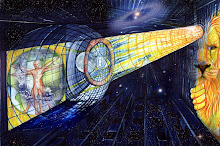Scientists are reporting evidence that contrary to our current beliefs about what is possible, intact double-stranded DNA has the “amazing” ability to recognize similarities in other DNA strands from a distance. Somehow they are able to identify one another, and the tiny bits of genetic material tend to congregate with similar DNA. The recognition of similar sequences in DNA’s chemical subunits, occurs in a way unrecognized by science. There is no known reason why the DNA is able to combine the way it does, and from a current theoretical standpoint this feat should be chemically impossible.
This recognition effect may help increase the accuracy and efficiency of the homologous recombination of genes, which is a process responsible for DNA repair, evolution, and genetic diversity. The new findings may also shed light on ways to avoid recombination errors, which are factors in cancer, aging, and other health issues.






